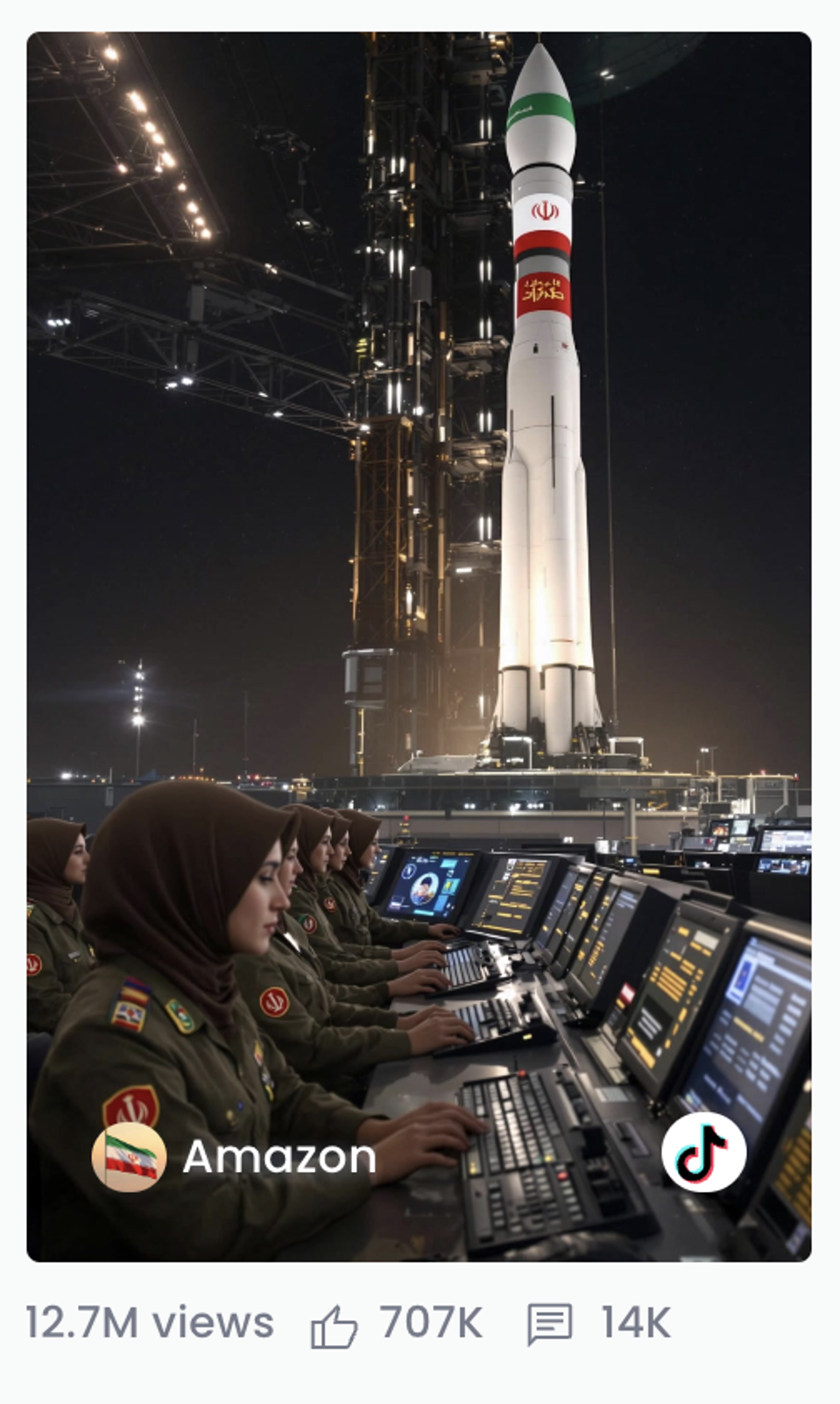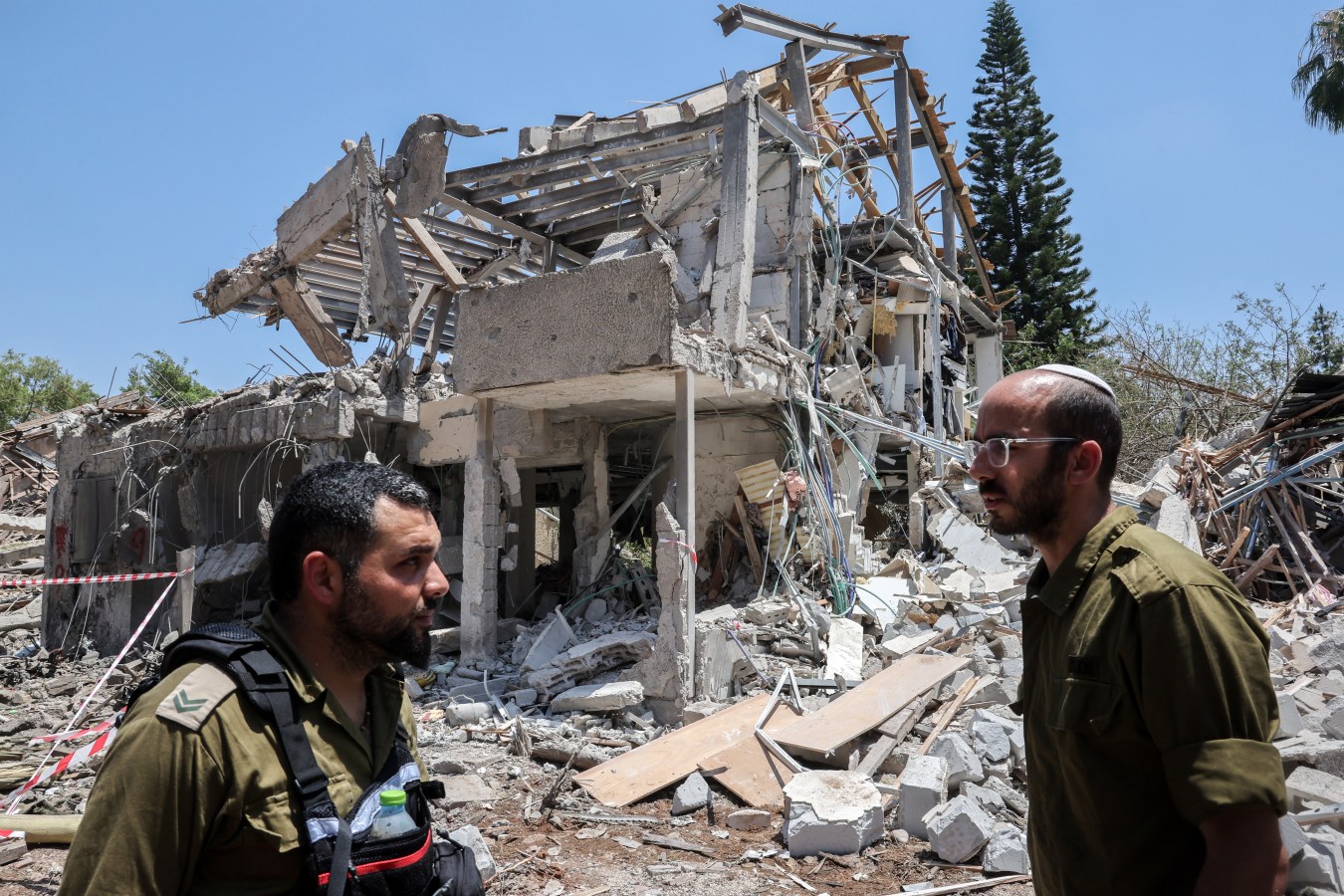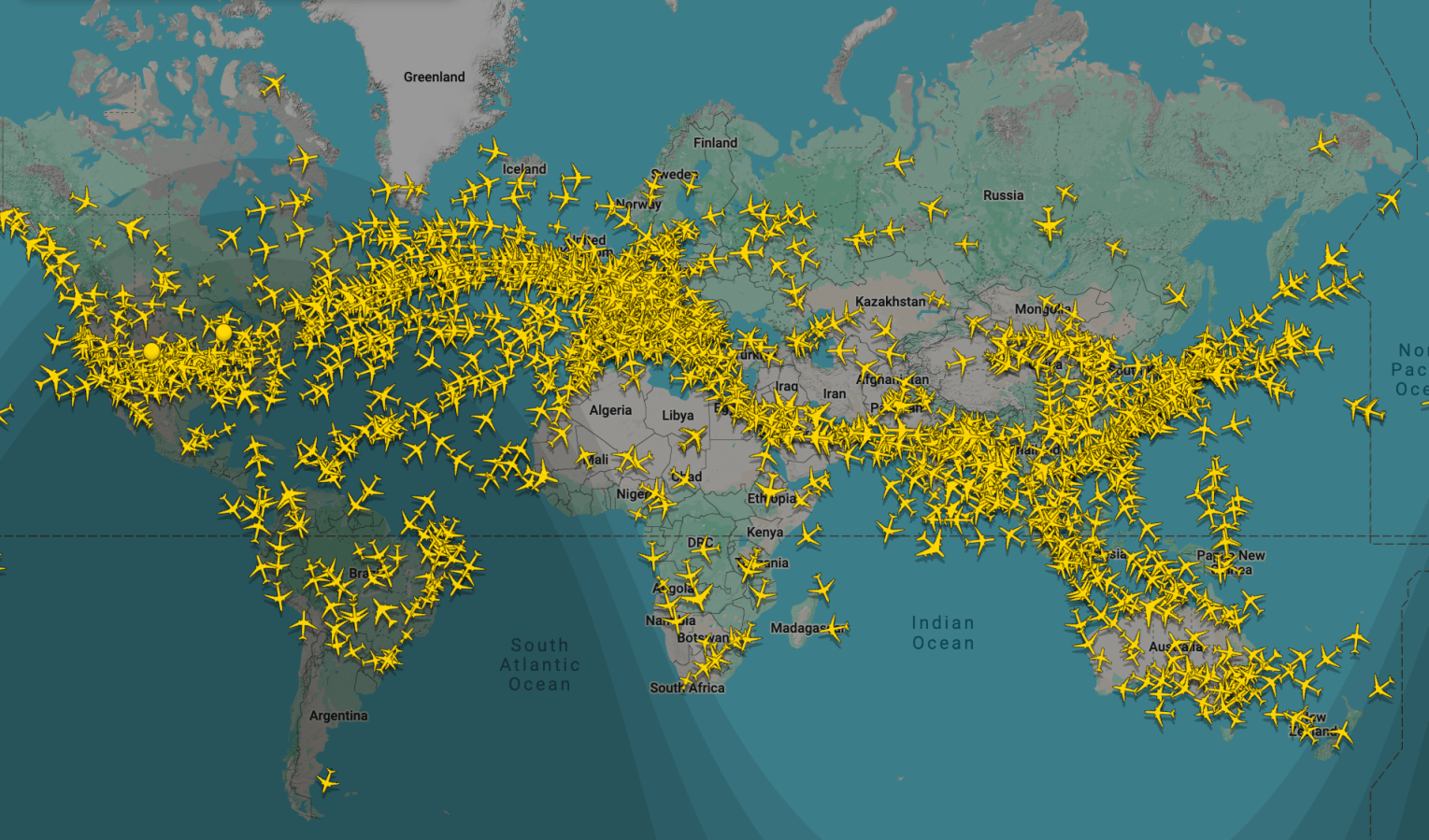In the lead up to U.S. strikes on Iranian nuclear sites, AI generated videos glorifying Iran’s military might reached tens of millions of viewers on social media.

A view of the city of Tehran, Iran.
NurPhoto via Getty Images
Seven days ago, as U.S. president Donald Trump left the G7 summit early and called for Iran’s “unconditional surrender” to Israel, an anonymous TikTok account posted two pro-Iran propaganda videos. One showed a bay of women at computers, seemingly preparing to launch a rocket. Another showed a line of tanks bearing missiles and Iranian flags emerging from a tunnel.
In the following days, the U.S. would bomb Iranian nuclear development sites, entering yet another conflict in the Middle East. And on social media, the two videos, which appear to be AI generated, would begin to circulate — widely. According to the data analytics platform Zelf, the two videos became among the 15 most-watched TikToks about Iran in the past week, accumulating more than 30 million views. Then, they disappeared from the platform.

Screenshot from Zelf
Emily Baker White

Screenshot from Zelf
Emily Baker-White
The videos, which appear to be AI generated, weren’t unique to TikTok. They were also posted — more than 100 times apiece — across accounts on Instagram Reels and YouTube Shorts, where they amassed millions of additional views. They weren’t labeled as AI-generated on any of the social media sites, where some people sharing and commenting on them appeared to take them seriously. TikTok, YouTube, and Instagram all require creators to label realistic AI-generated content. (In a previous life, I held content policy positions at Facebook and Spotify.)
On YouTube, one post featuring the women with the rocket contained the disclaimer, “This channel got money or free things to make this video.” On another YouTube post of the same video, a creator added text in Arabic asking their viewers to like and subscribe. On Facebook, one user responded to the rocket video by posting an animated laughing, smiling emoji creature with wings and hearts for eyes. Others responded with hearts and thumbs-ups.
None of the social platforms forbid posts that appear to be propaganda — from Iran, Israel, the United States, or elsewhere — so long as it isn’t misleading and isn’t part of a larger inauthentic behavior campaign, which uses tactics like fake accounts to spread deceptive messages. Governments, including the United States, have used AI-generated propaganda to advance their agendas on social media. Israel has also run extensive paid ad campaigns on social media platforms about its war in Gaza.
Still, the prevalence of fake war imagery across social media could inflame tensions between nations and their populations, fueling division between groups and leading to real world violence. It could also undermine trust among people on the ground in conflict zones, making it more difficult for them to know what is real. In recent days, AI-generated images and videos depicting missiles falling on Tel Aviv and B-2 bombers over Tehran have also gone viral, and some fake media has been shared by government officials and state media.
A spokesperson for Meta declined to comment on the videos. Jack Malon, a YouTube spokesperson, said that while the videos didn’t violate the platform’s rules, the company had added a label, as it requires prominent disclaimers on AI-generated videos when they are “realistic” and could be misleading. TikTok also declined to comment, but after Forbes reached out for comment, the anonymous account that posted the videos was taken down.


